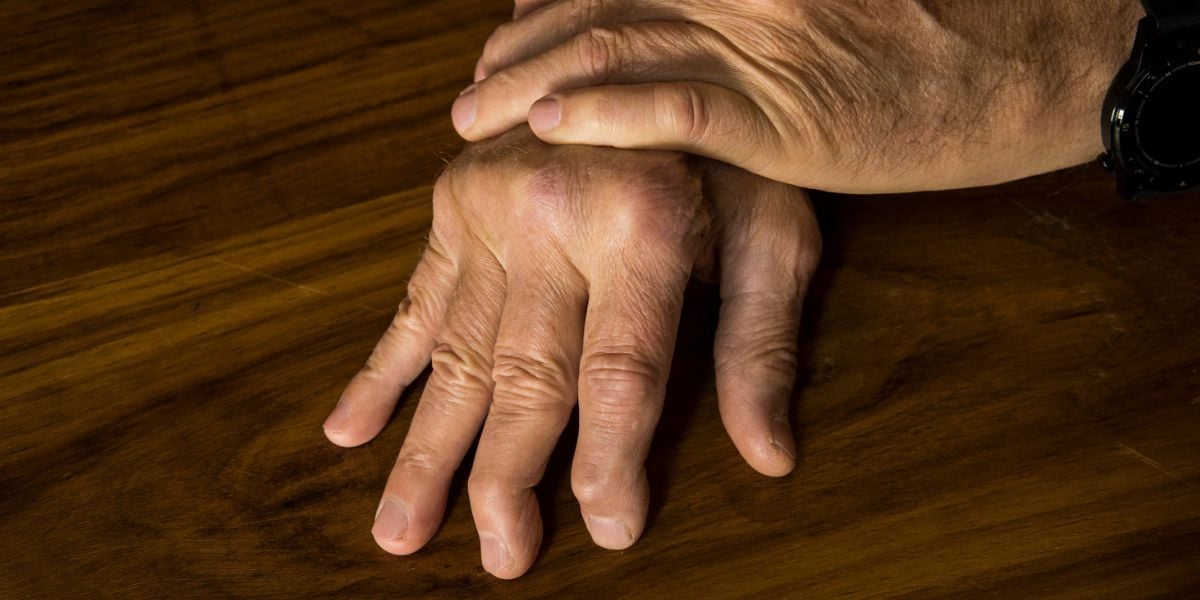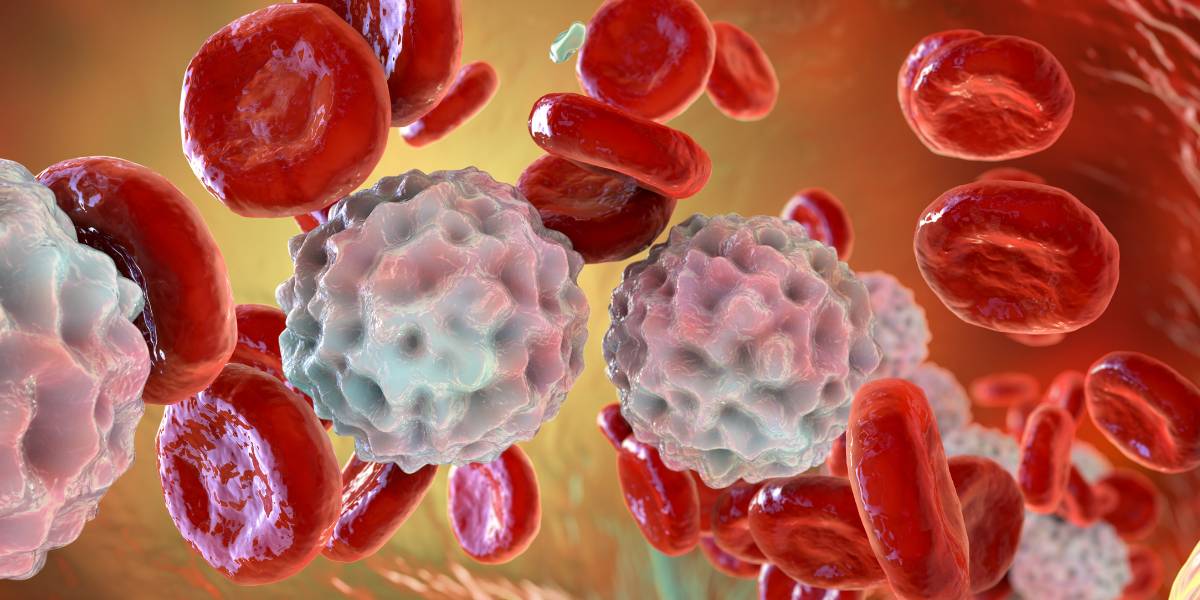Edema (known as oedema in the UK) is a build up of fluid in the body (water retention) which causes swelling.
Edema commonly affects the legs, ankles, feet and wrist.
Water retention is often treatable, with treatment varying depending on the cause.
Symptoms of edema
The main symptom of edema is swelling of the affected area.
Other symptoms that may occur, along with swelling, include:
- Weight gain
- Aching limbs
- Stiff joints
- Discolouration of skin
- Hypertension (high blood pressure)
What causes swelling in the legs, feet and ankles?
Swollen ankles and legs will often be brought on, or aggravated, by long periods of standing.
A number of medications can increase the risk of oedema. Such medications include corticosteroids , blood pressure medications and the contraceptive pill
Water retention may also be caused by a number of conditions including:
- Kidney disease
- Heart failure
- Liver cirrhosis
- Thyroid disease
- Lymphoedema
- Pregnancy
A high intake of salt can increase the problems of swelling in people with kidney disease.
Treatment for edema
Treatment for edema may vary depending on the cause. Water retention may be resolved if the underlying cause can be adequately treated.
Regular physical activity and preventing long periods of standing can help reduce water retention. A low dietary salt intake is advisable, particularly if fluid retention has been brought on by kidney disease. If you are overweight, weight loss can help with reducing fluid retention
Diuretics, also known as ‘water tablets’, help to remove fluid from the body and may be prescribed for some causes of oedema.
Prevention
You can reduce your risk of edema by taking steps to prevent kidney disease and heart failure from developing.
This can be achieved through good control of blood glucose levels , regular exercise and a healthy diet.
If you can avoid long periods of standing, this will also help to reduce the risk of water retention.







